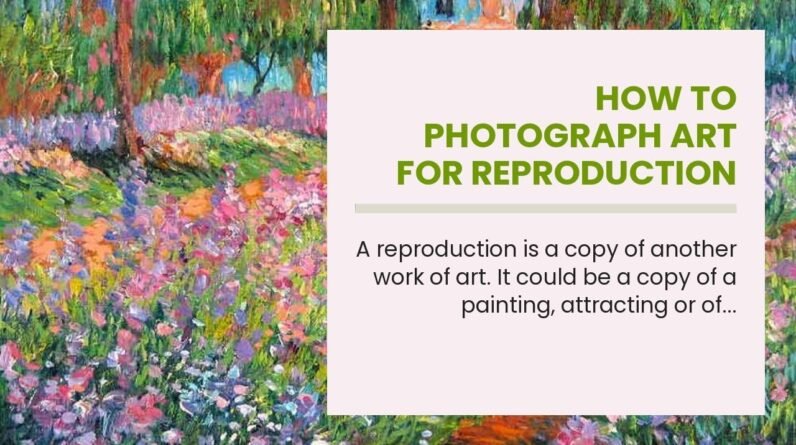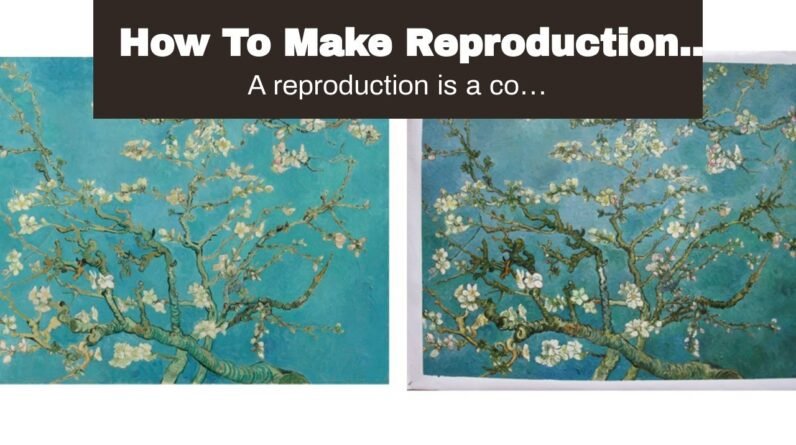Are you curious about the authenticity of an oil painting? Wondering if it’s a genuine masterpiece or just a clever replica? Look no further!
This guide will help you determine if that artwork is original or a reproduction. By focusing on key aspects like brushwork, signature, materials, age, and provenance, you can unravel the truth behind the painting.
Analyze the technique used in the brushwork, examine the artist’s mark on the canvas, assess the quality of materials and age, and trace the painting’s history through its provenance.
And if you still have doubts, don’t hesitate to consult art professionals for their expert opinion.
So, let’s dive in and uncover the secrets of distinguishing an original oil painting from a reproduction.

Brushwork: Analyzing the Technique
To determine whether an oil painting is original or a reproduction, you can analyze the brushwork technique using a magnifying glass. The brushwork technique is a crucial aspect of an artist’s style, and it can reveal a lot about the authenticity of a painting.
When examining the brushstrokes, pay attention to the level of detail and precision. Original paintings often exhibit unique and intricate brushwork, with variations in thickness and direction. Reproductions, on the other hand, may lack the same level of detail and precision, as they’re often mass-produced.
Additionally, compare the brushwork to known works of the artist to establish consistency. By closely analyzing the brushwork technique, you can gain valuable insights into the originality of an oil painting.
Signature: Examining the Artist’s Mark
Examine the artist’s mark on the oil painting to determine its authenticity. The signature is a crucial element to consider when determining whether a painting is original or a reproduction.
Firstly, compare the signature to the known signatures of the artist. Research and study the artist’s typical style, lettering, and placement of the signature. Look for consistency in the strokes and the overall execution of the signature. Pay attention to the medium used for the signature; it should match the medium of the painting. Original oil paintings usually have signatures made with oil paint. Reproductions may have printed or stamped signatures.
Additionally, examine the placement of the signature on the canvas. Original works often have the artist’s mark in a consistent location, such as in the bottom corner.
Materials and Age: Assessing the Quality
Assess the quality of the oil painting by examining its materials and age.
When evaluating an oil painting, it’s important to consider the materials used by the artist. Original oil paintings are typically created using high-quality pigments and binders, resulting in vibrant and long-lasting colors. Reproductions, on the other hand, may use cheaper materials that can fade or deteriorate over time.
Additionally, the age of the painting can provide valuable insights into its authenticity and overall condition. Original oil paintings tend to have a rich patina and show signs of aging, such as craquelure or the yellowing of varnish. Reproductions, on the other hand, may lack these age-related characteristics or exhibit inconsistencies in their appearance.
Provenance: Tracing the Painting’s History
Trace the painting’s history by researching its provenance. Provenance refers to the documented history of ownership and custody of the artwork. This research can provide valuable insights into the painting’s authenticity and help determine if it’s an original or a reproduction.
Begin by examining any certificates of authenticity, bills of sale, or exhibition records that accompany the painting. These documents can shed light on the painting’s origin and previous owners.
Additionally, consult auction catalogs, gallery records, and literature on the artist to gather further information. Compare this information with known facts about the artist’s life and career to establish a timeline and verify the painting’s authenticity. Look for consistent details and avoid any discrepancies or gaps in the painting’s history.

Expert Opinion: Consulting Art Professionals
To get a reliable evaluation of an oil painting’s authenticity, it’s advisable to consult with art professionals who have expertise in the field. These experts have the knowledge and experience to determine whether a painting is original or a reproduction.
They can analyze various aspects of the artwork, including the style, technique, materials used, and the artist’s signature. Art professionals can compare the painting in question with known works of the artist and identify any discrepancies or inconsistencies.
They can also examine the provenance and history of the painting, looking for any evidence of forgery or reproduction. Consulting with art professionals provides a thorough and unbiased assessment, giving you confidence in the authenticity of the oil painting.
Frequently Asked Questions
What Are Some Common Signs of Alterations or Restorations in an Oil Painting?
Look for signs of alterations or restorations in an oil painting. Check for inconsistencies in brushwork, color, and texture. Look closely at the surface for areas of overpainting or retouching. Also, examine the back for any labels, stamps, or other indications of restoration work.
How can I determine if the canvas used in an oil painting is original or a reproduction?
To determine if the canvas used in an oil painting is original or a reproduction, you can examine the texture, weave, and material of the canvas. Look for signs of age, wear, and inconsistencies that may indicate a reproduction.
Are there specific characteristics or details in an oil painting that indicate it was created using a specific technique?
To determine if an oil painting was created using a specific technique, look for characteristics such as brushstrokes, texture, and layering of colors. These details can indicate whether the painting was made using a particular style or method.
What Are Some Red Flags to Look Out for When Examining the Signature of an Oil Painting?
When examining the signature of an oil painting, be wary of inconsistencies in the style, handwriting, or placement. Look for any signs of alteration or added layers, as these could indicate a reproduction rather than an original piece.
Is there a way to determine the age of an oil painting without relying solely on the materials used?
To determine the age of an oil painting without relying solely on the materials used, you can examine the style, technique, and subject matter. Comparing these aspects with known works from different periods can provide clues.
Conclusion
In conclusion, determining whether an oil painting is an original or reproduction requires careful analysis of various factors.
Examining the brushwork technique, the presence of the artist’s signature, assessing the quality of materials and age, tracing the painting’s provenance, and consulting art professionals all play a crucial role in making an informed judgment.
By considering these aspects, one can better understand and appreciate the authenticity and value of an oil painting.






